Detroit has long been the epicenter of automotive innovation and rivalry. When one company unveiled a revolutionary vehicle, another was quick to respond. This competitive spirit has given birth to some truly iconic models. Here’s a look at some of the cars that were created not just for consumers, but as a direct challenge to their rivals.
Ford Mustang: The Answer to the Pontiac GTO
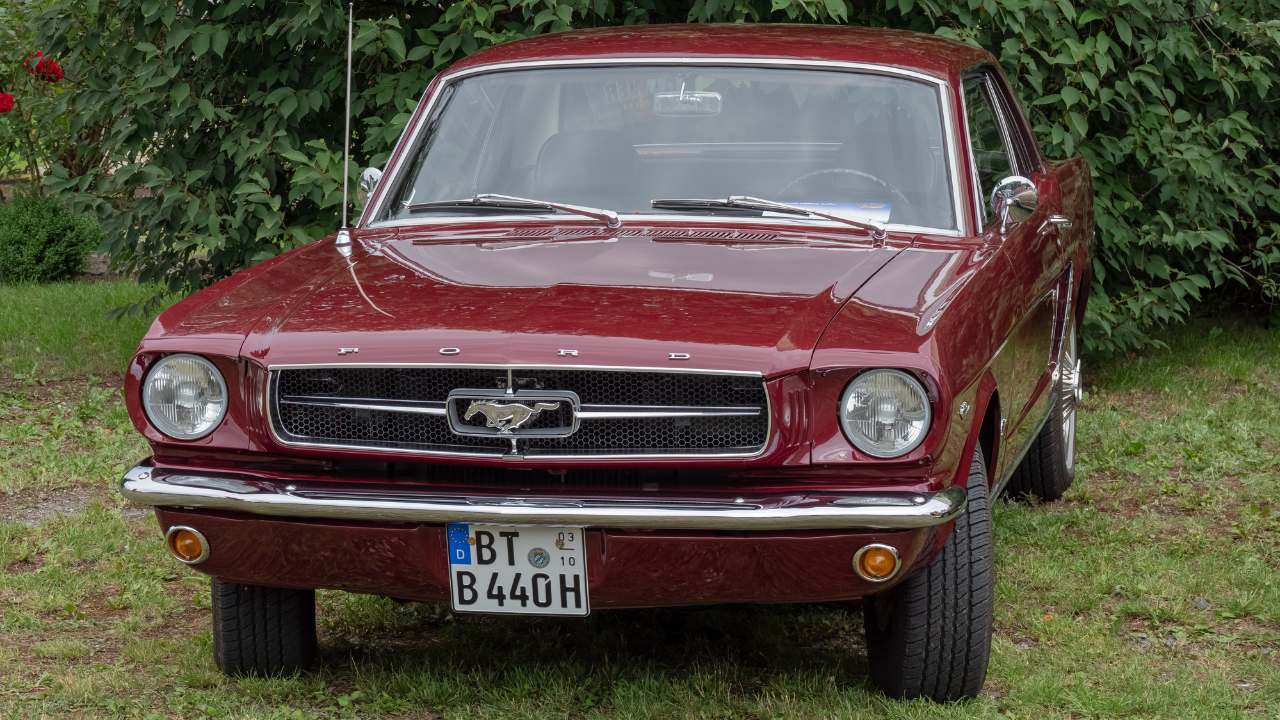
In the early 1960s, the Pontiac GTO emerged as a trailblazer in the muscle car segment. Ford, not one to be left behind, introduced the Mustang in 1964. It was a car that would not only rival the GTO but also redefine the pony car segment. With its sleek design and powerful V8 engine, the Mustang quickly captured the imagination of American drivers.
The Mustang’s introduction was a masterstroke in marketing and engineering. It offered a combination of performance and style at an affordable price, leading to its immediate success. Ford’s strategic move with the Mustang set a new benchmark, forcing competitors to rethink their offerings.
Dodge Viper: Chrysler’s Muscle Showdown with Corvette
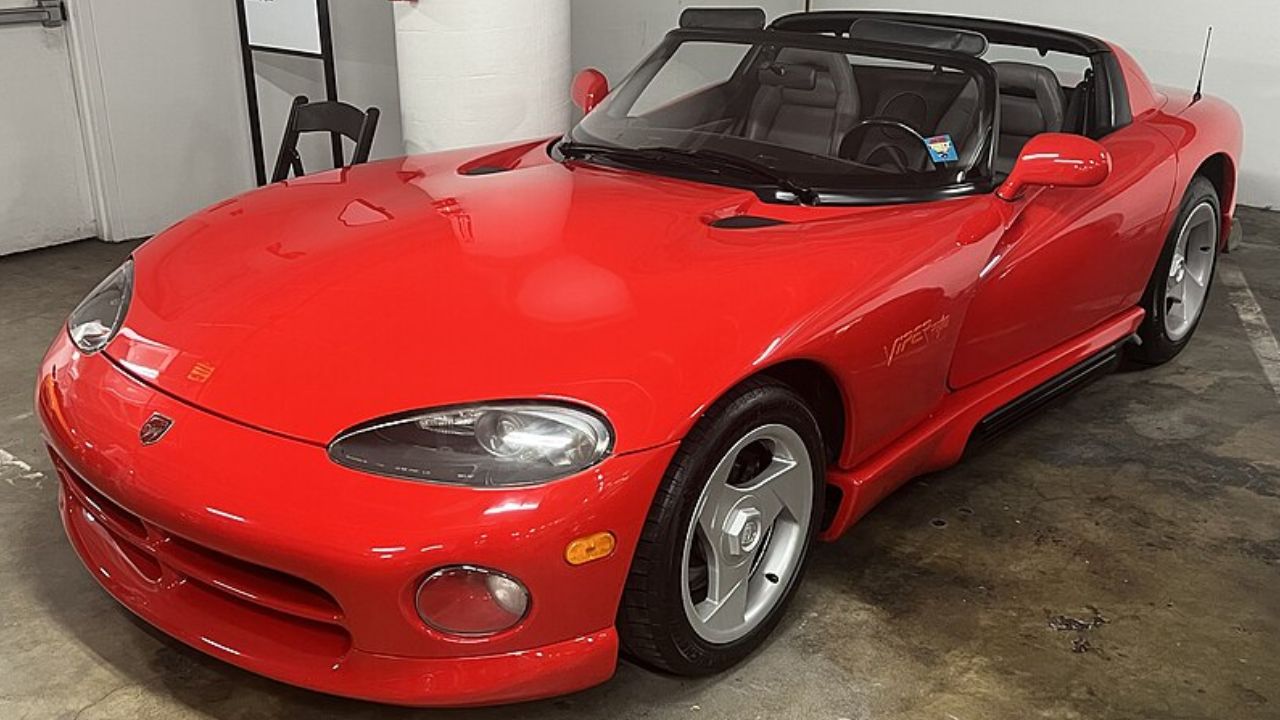
In the early 1990s, Chrysler decided it was time to take on Chevrolet’s Corvette, a long-standing symbol of American sports cars. The result was the Dodge Viper, first unveiled as a concept in 1989 and launched in 1992. With a V10 engine and aggressive styling, the Viper was unapologetically bold and powerful.
The Viper did more than just compete; it carved out its own niche. It offered raw power and a no-frills driving experience that appealed to purists. This car was Chrysler’s way of saying that they too could produce a high-performance sports car that could stand toe-to-toe with the Corvette.
Chevrolet Camaro: GM’s Direct Response to the Mustang
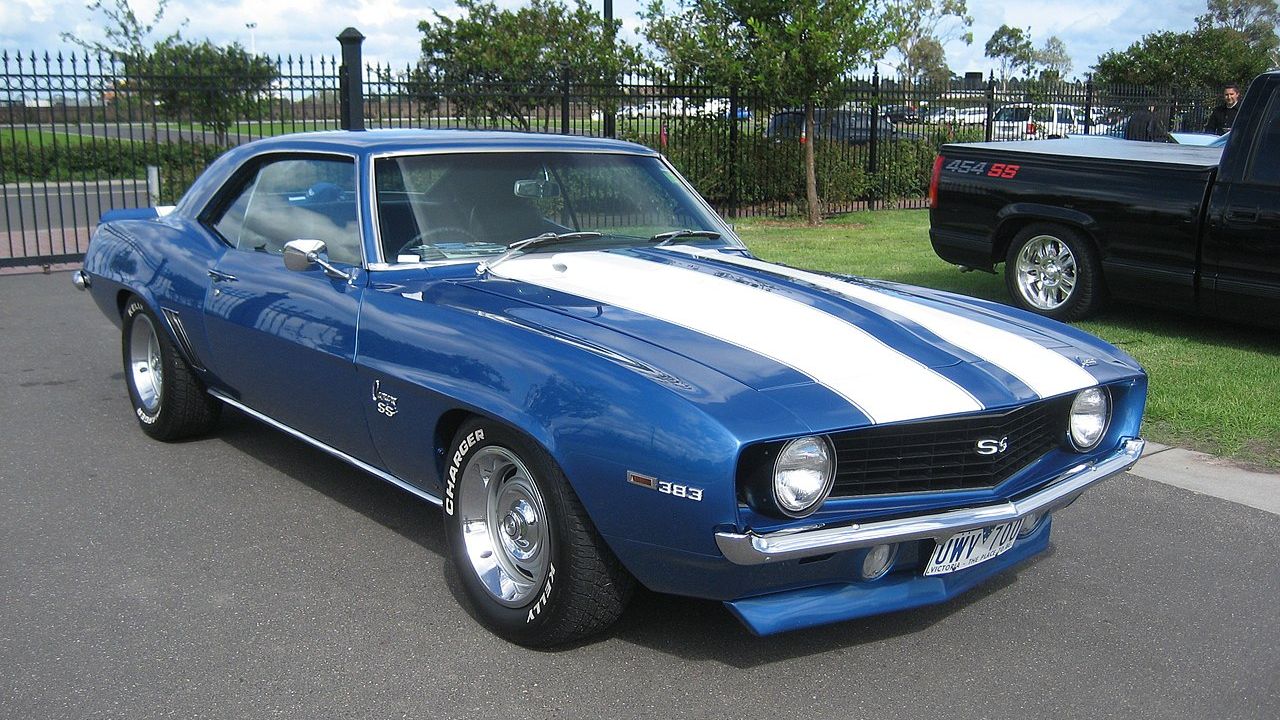
When Ford’s Mustang quickly became a bestseller, General Motors needed an answer. Enter the Chevrolet Camaro in 1967, a direct competitor to the Mustang. Available with a range of powerful engines, the Camaro was designed to capture the hearts of performance enthusiasts.
The Camaro’s launch was a strategic move by GM to tap into the burgeoning demand for sporty, affordable cars. Over the years, it has continued to evolve, solidifying its place alongside the Mustang in the annals of American automotive history.
Pontiac Fiero: A Mid-Engine Attempt to Outshine Imports
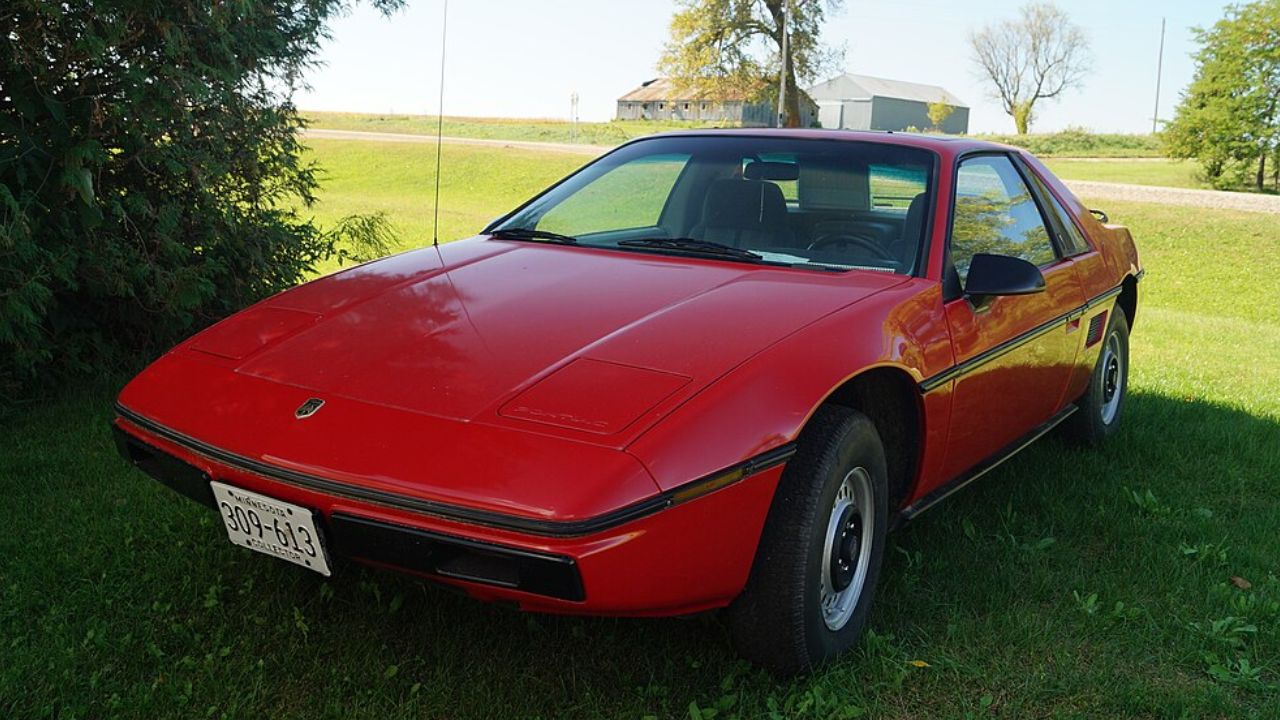
The 1980s saw a wave of mid-engine sports cars from overseas, and Pontiac aimed to join the fray with the Fiero, launched in 1984. Designed to be a fuel-efficient commuter with a sports car flair, it was Pontiac’s attempt to challenge the imports head-on.
While initially plagued with reliability issues, the Fiero eventually gained a loyal following. Its unique position as an American mid-engine car gave it a distinctive place in the market, making it an intriguing alternative to foreign competitors.
Chrysler 300C: Reviving the American Sedan to Challenge Luxury Rivals

In the early 2000s, the American sedan was seen as lackluster compared to its luxury rivals. Chrysler aimed to change that perception with the 300C, launched in 2004. With its bold styling, rear-wheel drive layout, and available HEMI V8 engine, it was a nod to American automotive luxury.
The 300C represented Chrysler’s push to challenge European and Japanese luxury sedans by offering a competitive blend of luxury and performance. Its success helped rejuvenate interest in American sedans, proving that Detroit could still play in the luxury space.
Like Fast Lane Only’s content? Be sure to follow us.
Here’s more from us:
*Created with AI assistance and editor review.

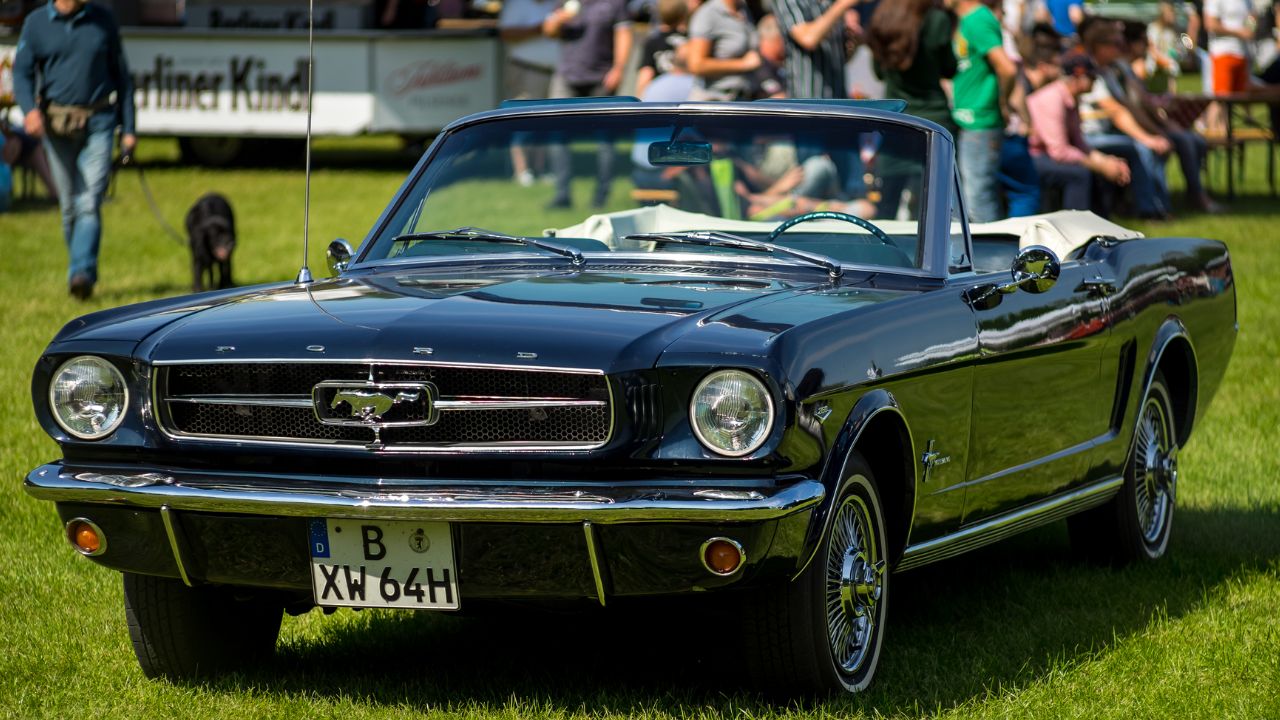
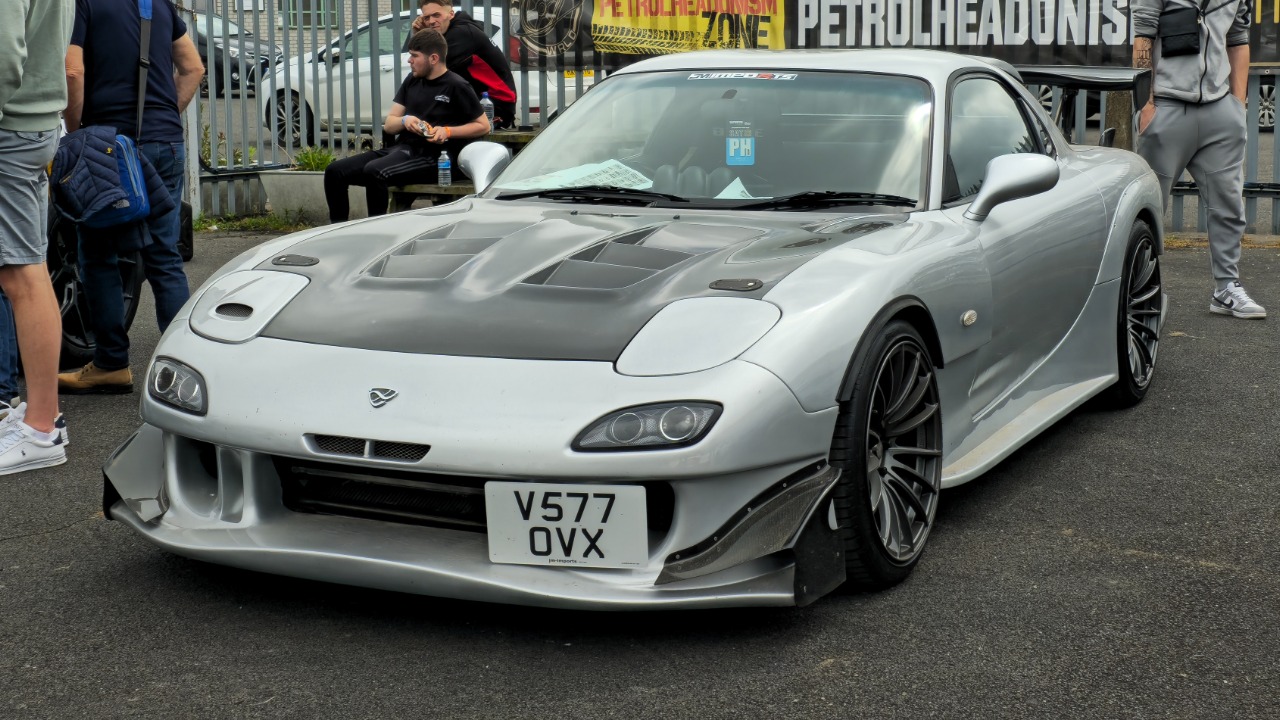


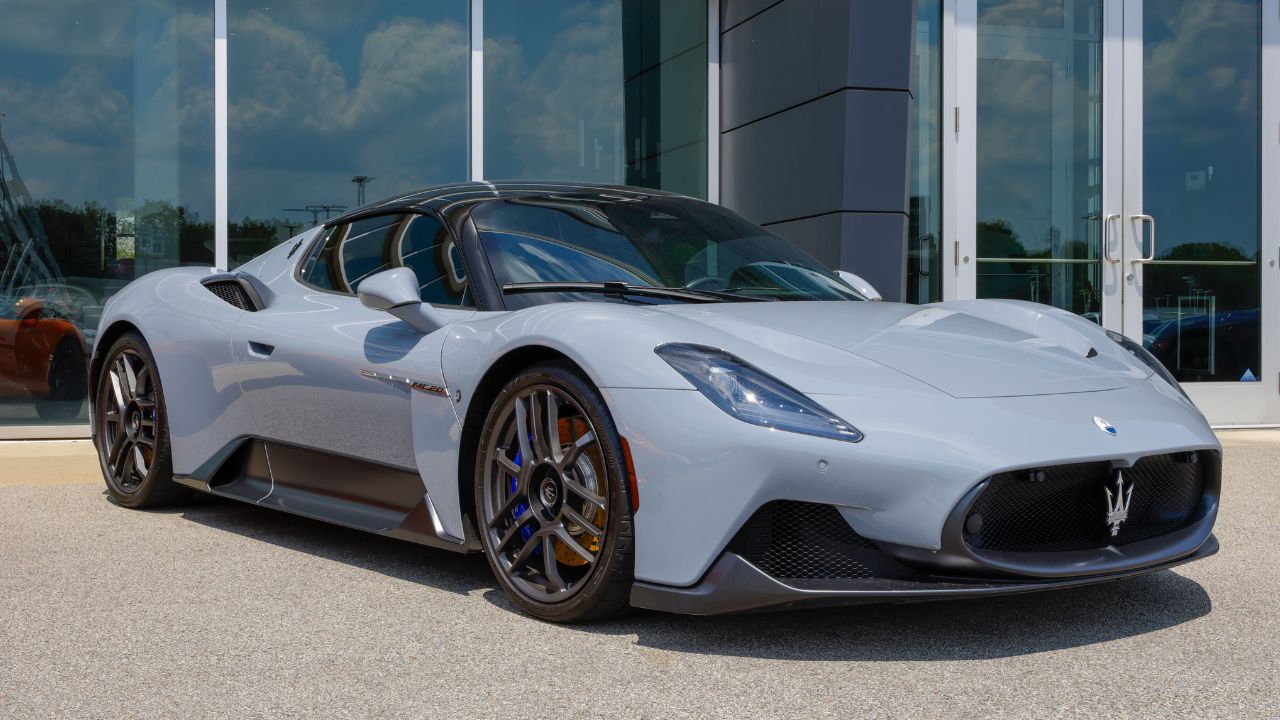
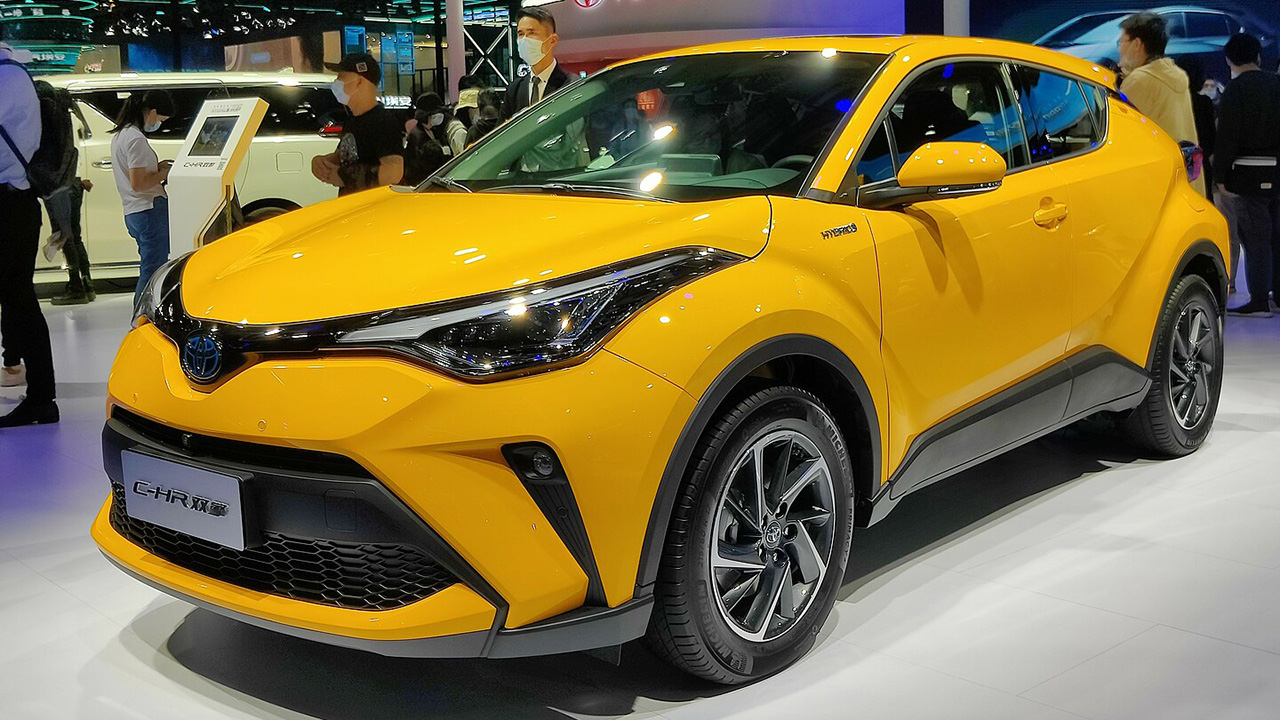
Leave a Reply